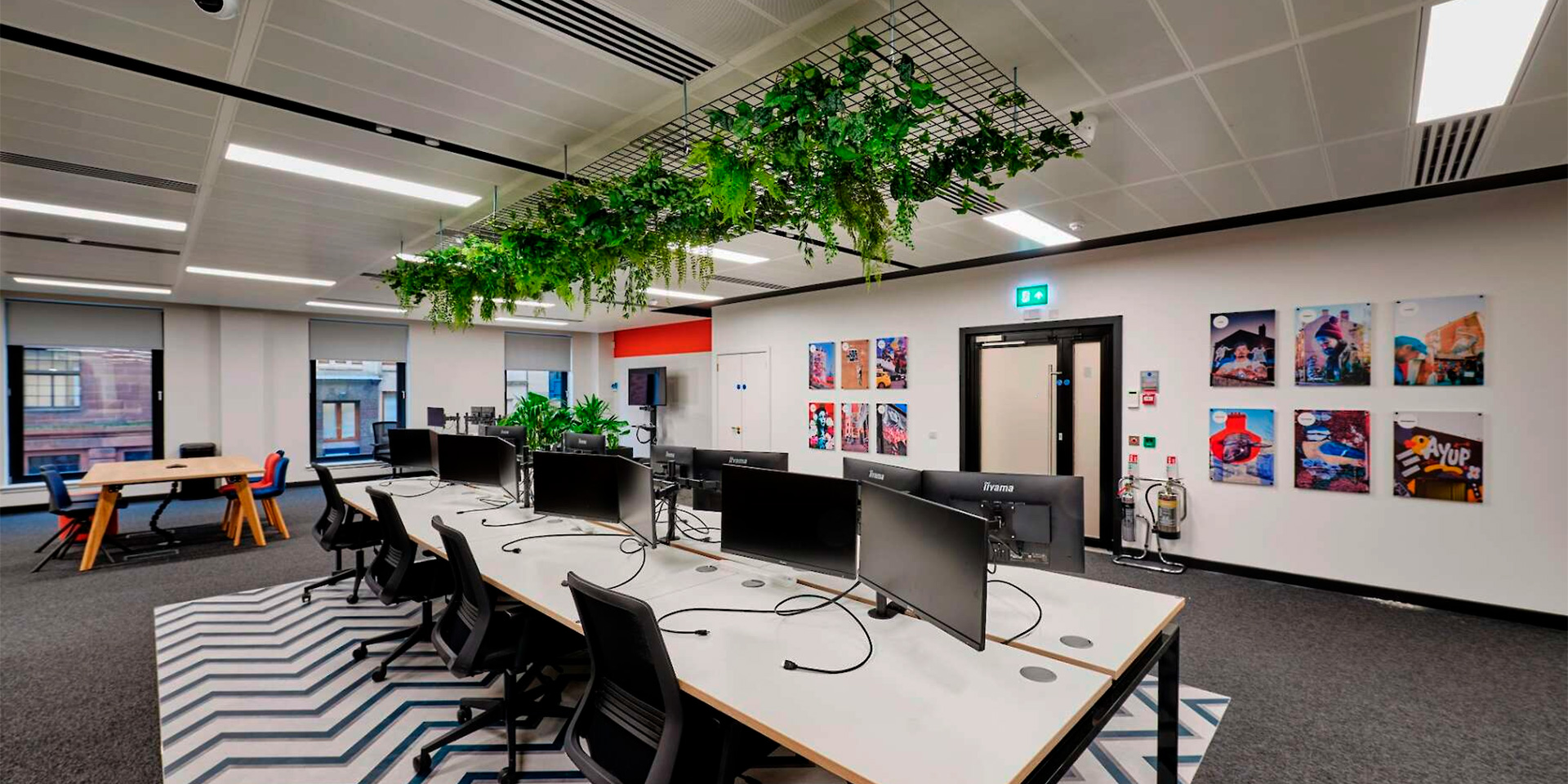The way we work has undergone a dramatic transformation over the past few decades, and perhaps nowhere is this more evident than in the evolution of IT workspaces. From the traditional cubicles of the past to the open, collaborative offices of today, the design of IT workspaces has evolved to reflect changes in technology, work culture, and employee preferences. In this article, we will trace the evolution of IT workspaces and explore how modern office designs are impacting productivity and collaboration.
The Rise of Cubicles
In the early days of the IT industry, workspaces were often characterized by rows of cubicles. Cubicles were seen as a way to provide employees with a degree of privacy and focus, while still allowing for easy communication and collaboration. However, cubicles also had their drawbacks, often being criticized for their lack of natural light, limited space, and stifling atmosphere.
The Shift to Open Offices
In recent years, there has been a significant shift away from cubicles towards open offices in the IT industry. Open offices are characterized by large, open spaces with minimal or no partitions between desks. The goal of open offices is to promote communication, collaboration, and creativity among employees. However, open offices have also been criticized for being noisy, distracting, and lacking in privacy.

The Hybrid Approach
Recognizing the limitations of both cubicles and open offices, many IT companies are now adopting a hybrid approach to office design. This approach combines the privacy and focus of cubicles with the openness and collaboration of open offices. For example, some companies are using flexible, modular furniture that can be easily rearranged to create different work environments based on the needs of employees.
The Impact on Productivity and Collaboration
The evolution of IT workspaces has had a significant impact on productivity and collaboration. Open offices, with their emphasis on communication and collaboration, have been shown to improve teamwork and idea sharing among employees. However, they can also lead to distractions and reduced focus, which can impact individual productivity.
Modern Trends and Innovations
In addition to open offices, modern IT workspaces are incorporating a variety of other trends and innovations to enhance productivity and collaboration. These include:
- Collaboration Zones: Designated areas within the office where teams can gather to collaborate and brainstorm.
- Quiet Zones: Areas where employees can go to focus on individual tasks without distractions.
- Flexible Workspaces: Workspaces that can be easily reconfigured to accommodate different work styles and preferences.
- Green Spaces: Indoor plants and natural elements that help to create a more relaxed and productive work environment.

Challenges and Considerations
While modern office designs have the potential to enhance productivity and collaboration, they also present challenges and considerations that need to be addressed. Some of these include:
Noise and Distractions: Open offices can be noisy and distracting, which can impact employee focus and productivity. It’s important for companies to find ways to minimize noise and provide quiet areas for employees who need them.
Privacy Concerns: The lack of privacy in open offices can be a concern for some employees, particularly when it comes to sensitive or confidential work. Companies need to find a balance between open collaboration and the need for privacy.
Ergonomics and Comfort: Modern office designs should prioritize ergonomics and comfort to ensure that employees can work safely and comfortably. This includes providing adjustable furniture, proper lighting, and adequate space for movement.
Technology Integration: IT teams play a crucial role in ensuring that the technology in modern office designs is integrated seamlessly and works effectively. This includes providing reliable internet connectivity, collaboration tools, and support for remote work.
Employee Well-being: The impact of office design on employee well-being should not be underestimated. Companies should consider factors such as air quality, natural light, and access to green spaces to promote a healthy work environment.
Conclusion
The evolution of IT workspaces from cubicles to open offices reflects a broader shift in work culture towards collaboration, communication, and creativity. While open offices have their benefits, they also have their drawbacks, and many companies are now exploring hybrid approaches that combine the best elements of both cubicles and open offices. By carefully considering the needs and preferences of employees, companies can create workspaces that foster productivity, creativity, and collaboration in the IT industry.

